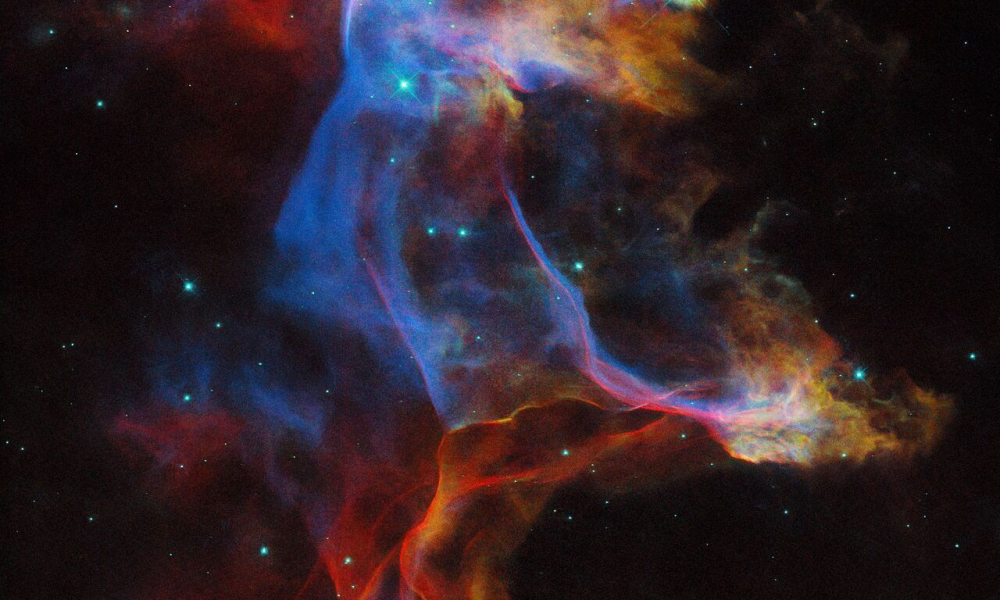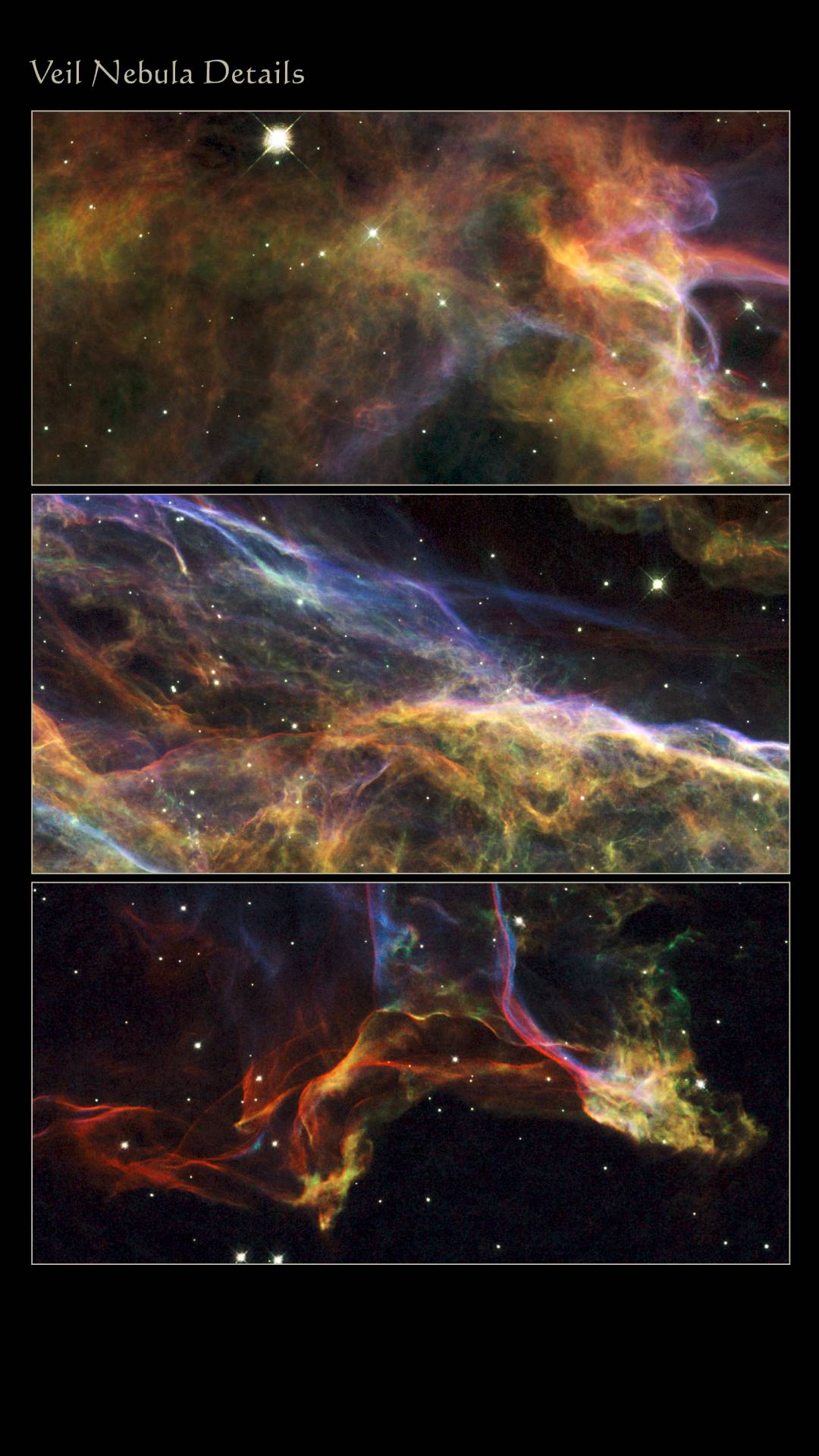The Hubble Space Telescope captured one of the most impressive images of the universe and shared a new image showing the extraordinary colors of the Nebula. 10,000 years ago, the Supernova explosion, the veil nebula consists of the gas and dust clouds left behind by the star. The structure that resembles a sensitive veil gives its name to Nebula.
Here is the veil nebula

The star, which formed the nebula, was a giant star with 20 times the Sun mass. The Supernova explosion revealed this fascinating image with gas and dust spreading into space after the extinction of the star. The explosion of the star was so strong that although it was 2,400 light years away, it could be seen brighter than Venus from the Earth.
The clouds of gas and dust spreading after the explosion created the complex structure we see today. This gas and dust contain ionized elements that emit light, which can be observed with different color tones. Thanks to Hubble’s advanced imaging techniques, these elements can be examined in detail.

Hubble had previously displayed the Veil Nebula in 2015. However, this new image focuses on a smaller part of the nebula and makes the details more pronounced. Colors represent the existence of different elements and offer scientists the opportunity to examine the chemical composition of the nebula. For example, hydrogen is displayed with red, sulfur green and oxygen bluish tones.
The image was taken by Hubble’s large area camera using three different filters by 3. These filters make the radiation emitted by hydrogen, sulfur and oxygen atoms. Hubble scientists said, “This image shows only a small part of the Veil Nebula. If we could see the entire nebula without the help of telescope, it would cover a full moon wide area in the sky ”.
This image provides an important source to understand the evolution of Supernova ruins over time. In 1994, compared with the images taken by Hubble, the movements of gas and dust filaments are followed. These observations for more than 30 years are of great importance for understanding the expansion speed and internal dynamics of the nebula. As Hubble approaches the 35th anniversary of his launch, he still continues to reveal the fascinating landscapes of space.